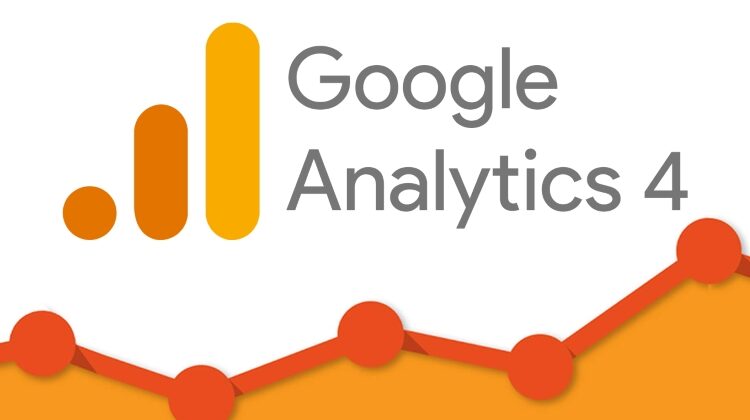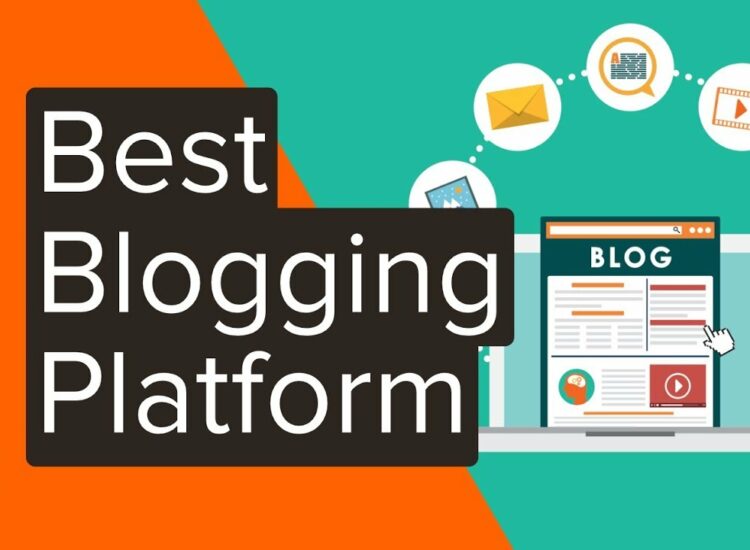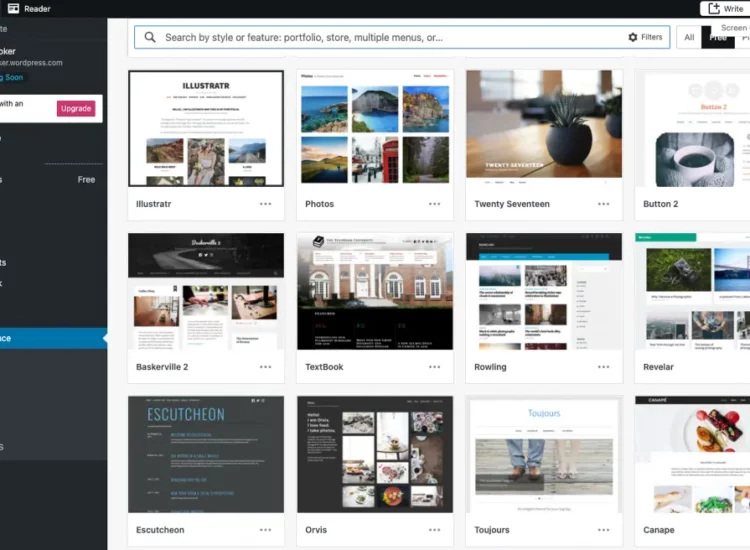As a blogger, you understand the importance of having a strong online presence for your brand. The internet has become the go-to place for people to search for information, shop and connect with others. And having a blog is one of the most effective ways to establish yourself as an authority in your niche and reach a wider audience.
Toc
However, setting up a blog can be overwhelming, especially if you’re new to blogging. Fortunately, there are plenty of free blog creators available that make it easy for anyone to create and manage their own blog without any coding or design skills.
In this guide, we’ll explore some of the best
Introduction of Free Blog Creators
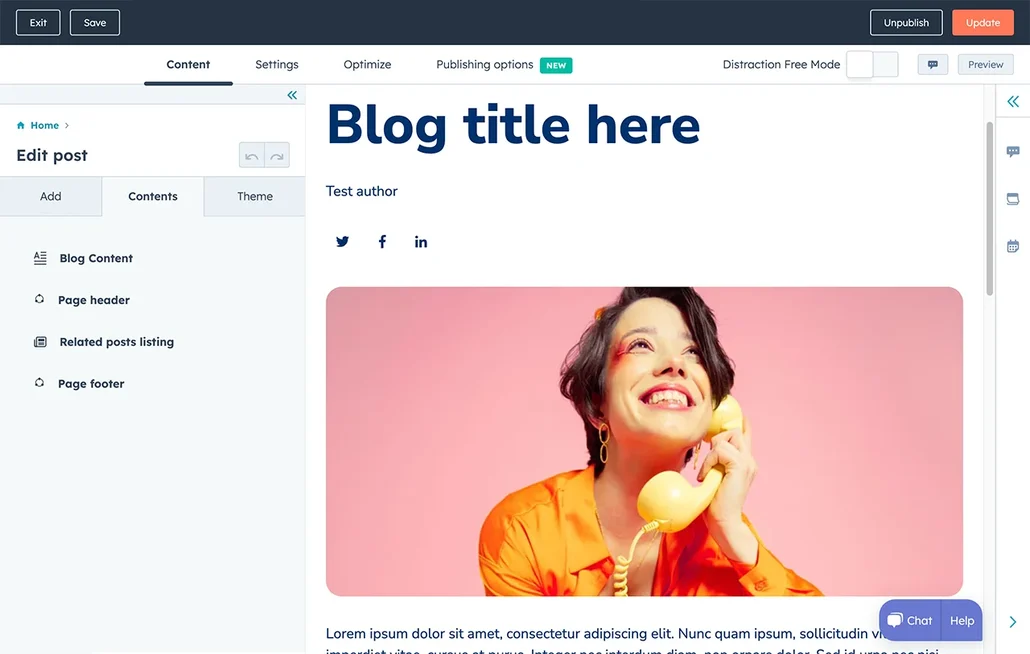
Freelancers, are you looking to boost your online presence and establish your personal brand? Blogging is an excellent way to showcase your expertise, attract potential clients, and engage with a wider audience. However, getting started can be daunting—especially if you’re concerned about costs. That’s where free blog creators come in, democratizing the world of blogging and making it accessible to everyone. In this article, we’ll explore the best free blog creators and how they can help you elevate your freelancing career.
What are Free Blog Creators?
Free blog creators are platforms that allow you to set up, customize, and maintain a blog without any financial investment. They provide essential blogging tools, templates, and sometimes even free hosting, enabling you to publish content and reach your audience at no cost.
Key Features to Look For
- Ease of Use: User-friendly interfaces with drag-and-drop functionalities.
- Customization Options: Templates, themes, and design flexibility.
- SEO Capabilities: Tools for optimizing your blog posts for search engines.
- Support and Community: Access to help and advice, either through customer support or community forums.
- Scalability: Options to upgrade or add advanced features as your blog grows.
Free vs. Paid Options
While free blog creators offer a cost-effective solution, they come with limitations such as fewer customization options, limited storage, and possible ads on your blog. Paid options provide more advanced features, higher storage limits, and ad-free experiences, but can be costly for freelancers just starting out. It’s important to weigh the pros and cons and choose the option that best fits your needs.
Comparison of Top Free Blog Creators

1. WordPress.com
- Ease of Use: Extremely user-friendly with a simple interface and drag-and-drop editor, enabling users to create and manage content without needing advanced technical skills.
- Customization Options: Offers hundreds of customizable themes, templates, and plugins for advanced functions, allowing users to personalize their sites to fit their unique needs.
- SEO Capabilities: Built-in SEO tools and the option to install additional plugins for further optimization, ensuring that your site can be easily found on search engines.
- Support and Community: 24/7 customer support through live chat or email, ensuring any issues are promptly addressed. Active community forums provide a platform for advice, troubleshooting, and sharing best practices.
- Scalability: The free plan comes with limited storage (3GB), but users can upgrade to paid plans for more features and additional storage, enabling the site to grow alongside the business.
2. Wix
- Ease of Use: Known for its intuitive drag-and-drop editor, making it simple for beginners to design a professional-looking blog without requiring any coding skills.
- Customization Options: Extensive library of templates and design elements, allowing for significant customization without coding, so users can create a unique and engaging website.
- SEO Capabilities: Integrated SEO tools and guides to help you optimize your blog posts for search engines, ensuring better visibility and higher search rankings.
- Support and Community: Offers robust customer support through various channels, including phone and chat, as well as active community forums where users can seek advice and share experiences.
- Scalability: The free plan includes limited storage (500MB) and bandwidth, but users have options to upgrade to premium plans for more features, additional storage, and enhanced functionalities.
3. Blogger
- Ease of Use: Simple and straightforward platform by Google, ideal for beginners who want an easy entry into blogging without a steep learning curve.
- Customization Options: Basic customization options, with a selection of templates and the ability to edit HTML and CSS for those who want more control over their site’s appearance.
- SEO Capabilities: Integrated SEO settings and compatibility with Google Analytics for tracking performance, helping users understand their audience and improve their content.
- Support and Community: Limited customer support but has a wide range of community resources, forums, and documentation, making it easier for users to find help and support.
- Scalability: Free with unlimited storage for Google account holders, though customization and advanced features are somewhat limited, making it suitable for hobbyists and personal blogs rather than large-scale professional sites.
4. Medium
- Ease of Use: Very user-friendly with a clean, minimalist interface designed for writing and content creation, allowing writers to focus on their content without distractions.
- Customization Options: Limited customization options as the focus is on writing and content rather than design, making it ideal for those who prioritize the quality of their writing over the appearance of their site.
- SEO Capabilities: Strong built-in SEO capabilities and a large existing audience base, ensuring that content has a high chance of being discovered and read by a wide audience.
- Support and Community: Offers a supportive community and basic help articles, providing valuable resources for writers looking to improve their craft and reach more readers.
- Scalability: Free to use but offers a partner program for monetization and higher visibility, providing opportunities for writers to earn from their content and gain more exposure.
How to Choose the Right Platform for You
Selecting the right free blog creator depends on your specific needs and goals. If you prioritize ease of use and extensive customization, Wix might be your best bet. Conversely, if you’re seeking a platform with strong community support and robust SEO tools, WordPress.com is an excellent choice. For those who prefer simplicity and a straightforward blogging experience, Blogger or Medium could be ideal.
Regardless of your choice, the most important thing is to start. A well-maintained blog can significantly boost your online presence, establish you as an authority in your field, and attract potential clients. So, pick a platform that meets your needs and begin crafting your digital space today.
How to Start Blogging for Free

Starting a blog for free is an accessible and straightforward process if you follow these simple steps:
Questions to be answered before starting Blogging for Free
- What is the goal of your blog? Determining your blog’s purpose will help you choose a suitable platform and tailor your content.
- Who is your target audience? Understanding your target audience helps you create content that resonates with them and attracts potential clients.
- What topics will you cover? Identifying your niche and areas of expertise will guide your content creation process.
- How often will you post? Consistency is key in blogging, so it’s essential to have a posting schedule that works for you and your audience.
Step-by-Step Guide to Starting a Free Blog:
- Choose a blogging platform: Consider features, customization options, support, and scalability before making a decision.
- Sign up for an account: Follow the prompts to create an account and choose a domain name or URL for your blog.
- Customize your blog: Select a theme, edit design elements, and add necessary plugins to personalize your blog’s appearance.
- Create compelling content: Start writing and publishing engaging content that aligns with your blog’s purpose and target audience.
- Promote your blog: Share posts on social media, collaborate with other bloggers, and use SEO tactics to increase visibility.
- Engage with your audience: Respond to comments, ask for feedback, and interact with followers to build relationships and grow your community.
- Analyze performance: Use analytics tools to track your blog’s performance and make necessary adjustments for growth.
Tips for Monetization on Free Blog Creator

Once your blog gains traction and a steady readership, you might consider monetizing it. Here are some effective tips for turning your blog into a source of income:
Affiliate Marketing:
Affiliate marketing involves promoting products or services on your blog and earning a commission for any sales generated through your referral links. To get started, join affiliate programs related to your blog’s niche. Include product reviews, recommendations, and relevant links within your posts to seamlessly integrate them into your content. Remember to disclose your use of affiliate links to maintain transparency with your audience.
Sponsored Posts:
Another monetization route is writing sponsored content for brands that align with your blog’s theme. Companies may pay you to write posts that feature their products or services, offering valuable exposure to your readers. To attract sponsors, create a media kit that highlights your blog’s statistics and audience demographics. Ensure sponsored posts are authentic and provide valuable content to retain your readers’ trust.
Ad Revenue:
Displaying ads on your blog is a straightforward way to earn income. Services like Google AdSense allow you to place advertisements on your blog, generating revenue based on clicks and impressions. Alternatively, you can sell ad space directly to companies. Be mindful of ad placement to avoid cluttering your site and detracting from the user experience.
Digital Products and Services:
Leverage your expertise by selling digital products such as e-books, courses, or printable resources. Creating valuable content that addresses your audience’s needs can be a lucrative endeavor. Promote these products through your blog, email newsletters, and social media channels to maximize reach and sales.
Membership and Subscription Models:
Consider offering premium content through a membership or subscription model. Platforms like Patreon allow you to offer exclusive posts, behind-the-scenes content, or direct access to you in exchange for a monthly fee. This model works well if you have a dedicated audience willing to pay for additional value.
By incorporating these monetization strategies, you can transform your free blog into a profitable venture while continuing to provide valuable content to your readers.
Real examples of successful Free blog creator and Testimonials
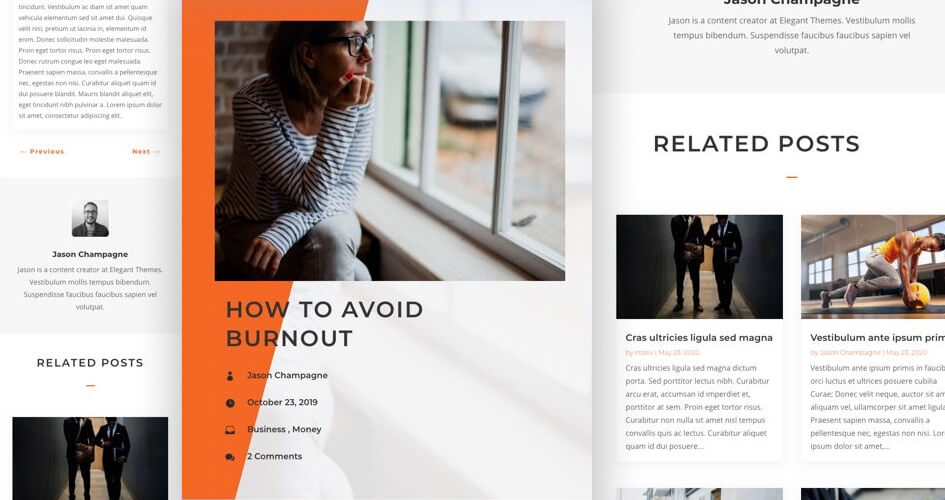
Exploring the stories of successful bloggers who started with free platforms can provide valuable insights and inspiration. Here are a few notable examples:
1. The Minimalists on WordPress.com
- Background: Joshua Fields Millburn and Ryan Nicodemus started The Minimalists to share their journey towards living a minimalist lifestyle.
- Success Story: Starting with a free WordPress.com plan, they grew their blog into a thriving community with millions of readers and a successful book deal.
- Testimonial: “We chose WordPress.com because we wanted a platform that was easy to use, customizable, and had great SEO capabilities. It’s been over ten years now, and we’re still happy with our decision.” – Joshua Fields Millburn
2. Cupcakes and Cashmere on Blogger
- Background: Emily Schuman started her blog as a hobby while working full-time as an advertising copywriter.
- Success Story: She used the free platform, Blogger, to share her fashion and lifestyle content, which eventually led to a book deal and her own product line.
- Testimonial: “I’ve been using Blogger since day one of my blog’s launch over 10 years ago. It’s been an easy-to-use platform that allows me to focus on creating content rather than worrying about technical aspects.” – Emily Schuman
3. The Blonde Abroad on Medium
- Background: Kiersten Rich started her travel blog as a way to share her experiences with friends and family while working as a corporate consultant.
- Success Story: She used the free blogging platform, Medium, to establish herself as a well-known travel blogger and generated income through partnerships and sponsorships.
- Testimonial: “Medium’s simplicity and clean interface drew me in. It allowed me to focus on my writing without worrying about technical aspects. As a result, I was able to grow my audience and monetize my blog.” – Kiersten Rich AKA The Blonde Abroad
These are just a few of the many success stories of bloggers who started with free platforms. With dedication, quality content, and strategic promotion, you too can achieve success in the world of blogging for free.
Conclusion

Blogging offers freelancers a powerful way to build their personal brand, showcase their expertise, and connect with a broader audience. Free blog creators make this process accessible and affordable, without compromising on quality or effectiveness. By leveraging the right platform and implementing best practices for SEO, you can create a successful blog that elevates your freelancing career.
Ready to get started? Choose the best free blog creator for your needs and take the first step towards empowering your brand today!
